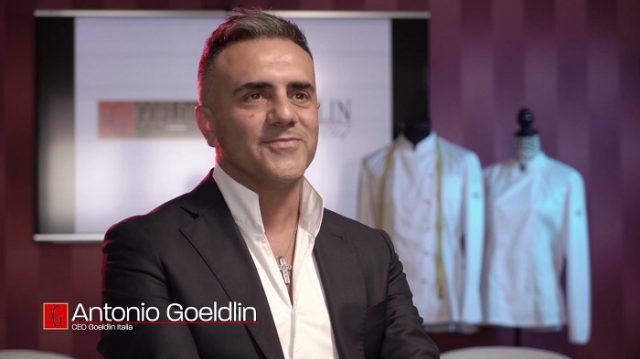Indigenous yeasts
“When I try to explain, in an understandable way, technical questions related to yeasts, an enormous factor in zymotechnology, a branch of biotechnology, I begin by using a simple example. I say that yeasts are like dogs: there is one name to define them but hundreds if not thousands of breeds. Choosing one depends on what they are needed for. Were I to go hunting I would not bring a Chihuahua or a Great Dane but rather a pointer. If I wanted a house pet, I probably would not choose a Pitbull and so on. The same goes for yeasts of which there are countless different strains. Some are excellent to complete the alcoholic fermentation of the must, while others are inappropriate because they die off with a low concentration of alcohol and inhibit further fermentation with the consequence that volatile acidity is created”. This easy to understand explanation that helps to comprehend an immense subject, which takes years of study to fully grasp, was made by an enologist researcher who is particularly well-versed on the matter. The reason I have brought it up is because I recently heard a famous ‘expert’ state that only ‘indigenous’ yeasts determine the quality of wines. The problem is that already the term ‘indigenous yeasts’, also known as ‘wild’ or ‘native’, is not very precise. These yeasts can be found on the grapes in the vineyard or, more abundantly, in the winery. What’s more, not all these yeasts are the same and it is necessary to select the more suited ones. In short, the question is anything but simple and making generalizations, like the one of the ‘expert’, ends up being more an ideological or anti-scientific statement. This because a simple climate variation, be it in temperature or humidity, is sufficient to determine a greater or lesser presence of a particular family of yeasts, even when the variations occur in the same place or within a short period of time. The bottom line is that it is impossible to state something with total certainty when no research or experiments have proven anything beyond a reasonable doubt. I have no such certainties, I am not expert enough in zymotechnology to express convictions that should not be questioned. What I can do is listen to researchers and wine producers and then try to form an opinion. A consideration that has convinced me came from Gianfranco Fino, a very attentive winemaker, who said: “When I produce my Primitivo Es it can reach an alcoholic content of between 16 and 17%. If I did not use selected yeasts that can survive these levels I would have a sweet vinegar that was absolutely undrinkable”.
I think he has a point.

 Italiano
Italiano








